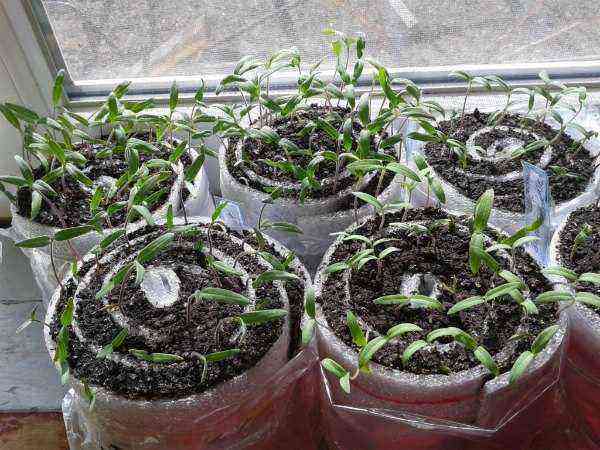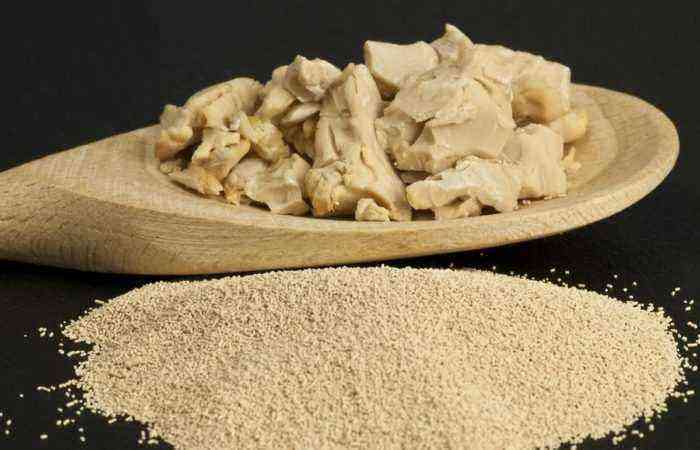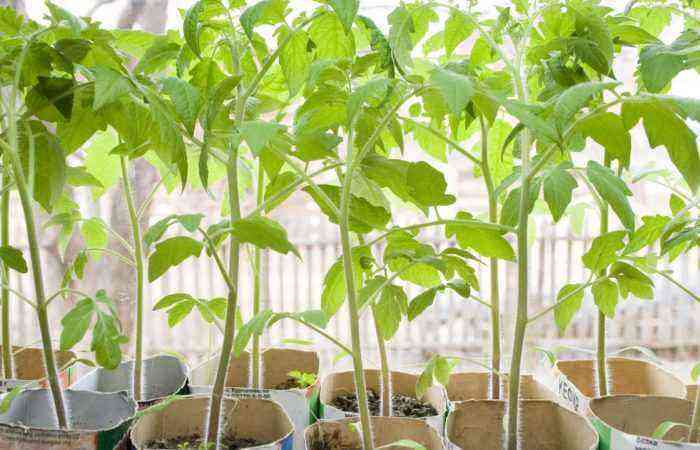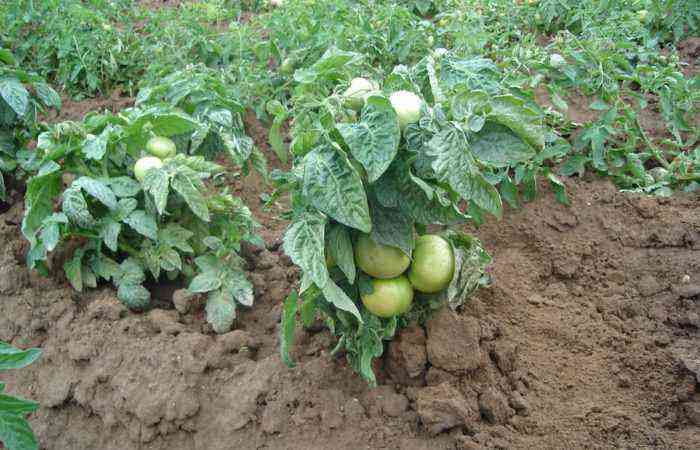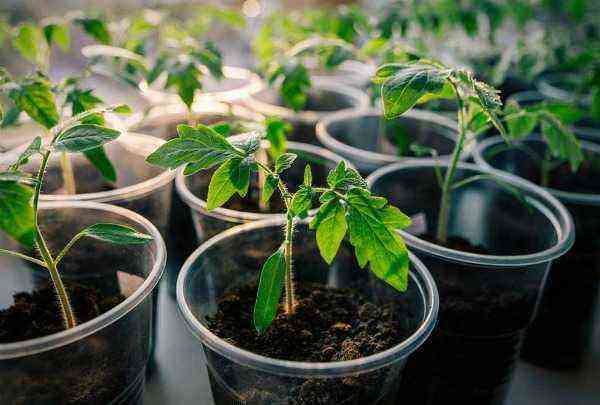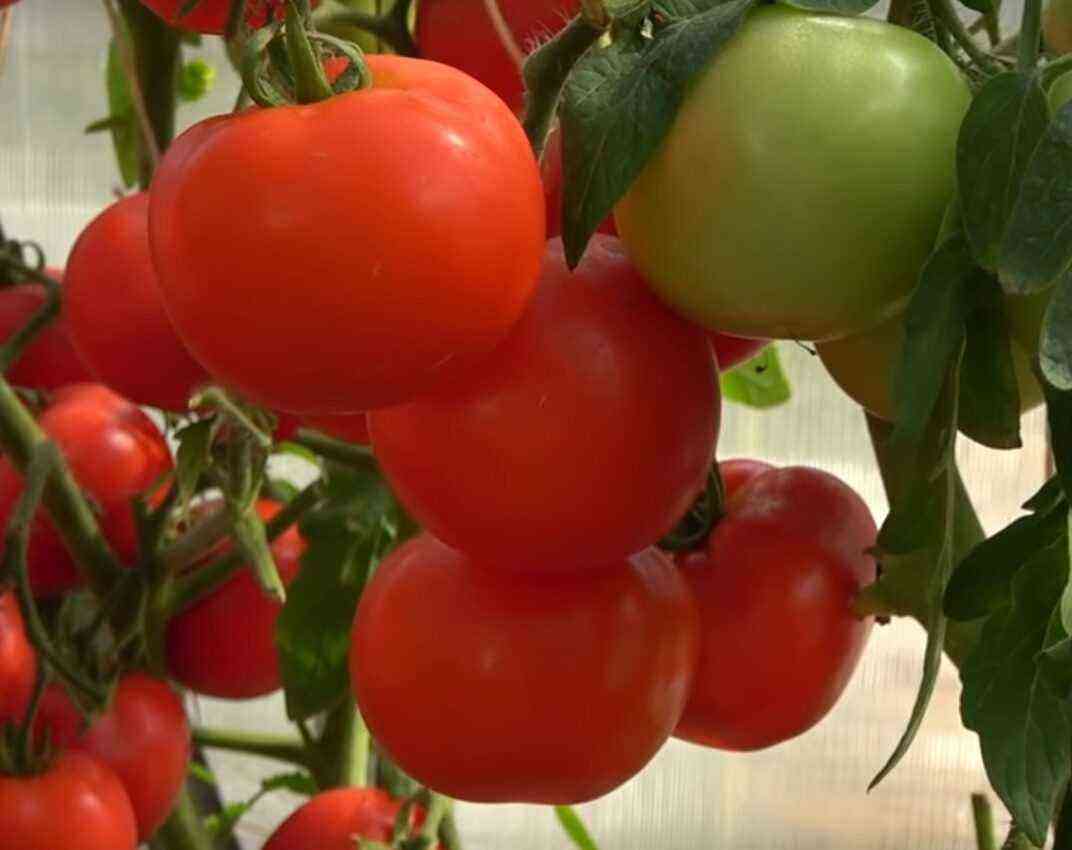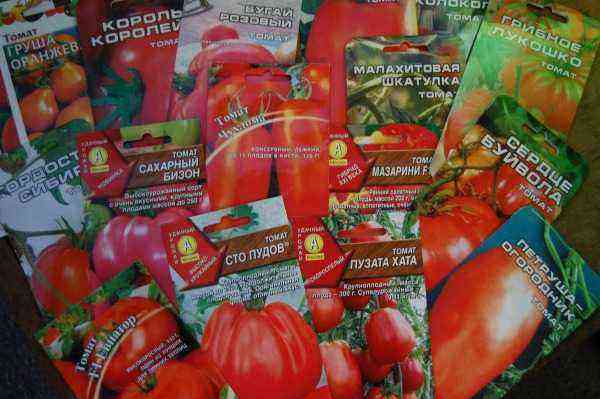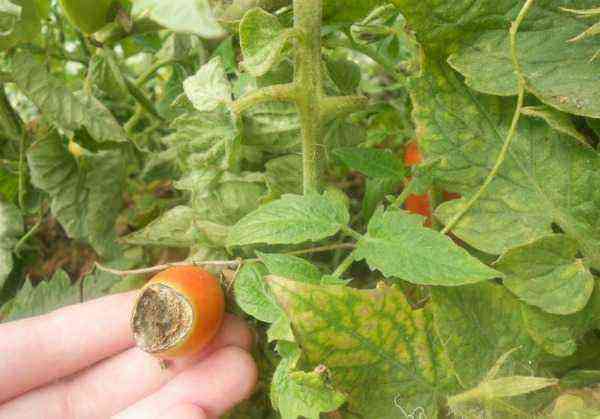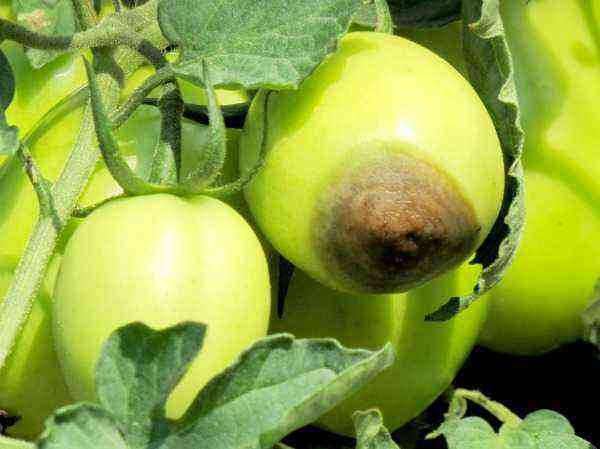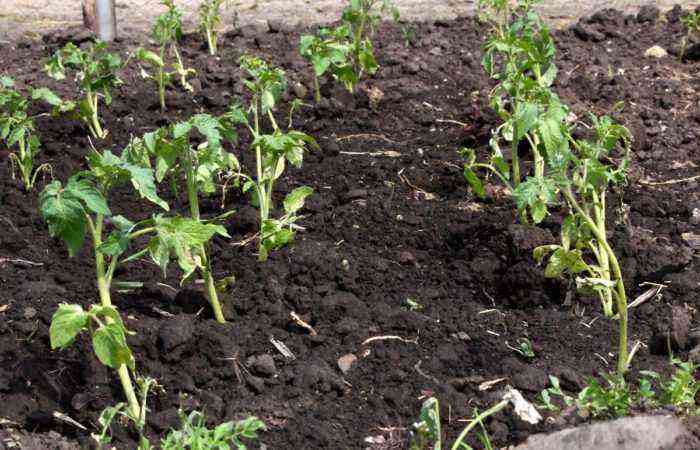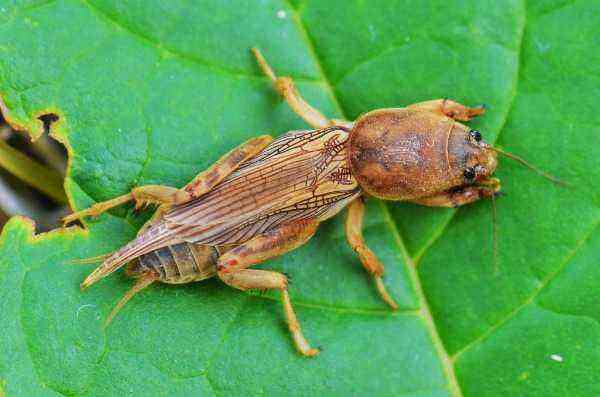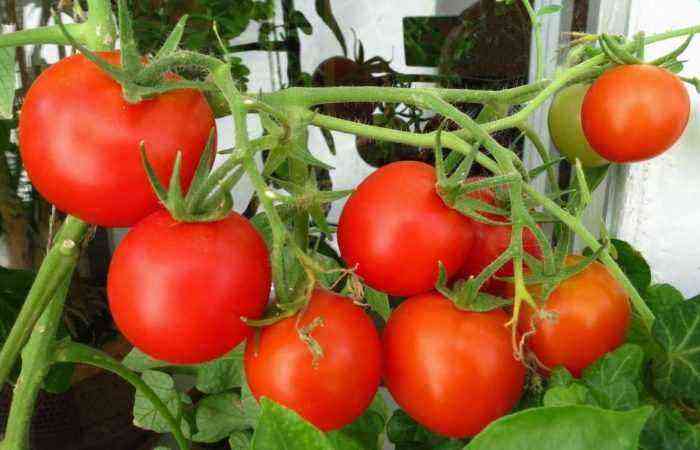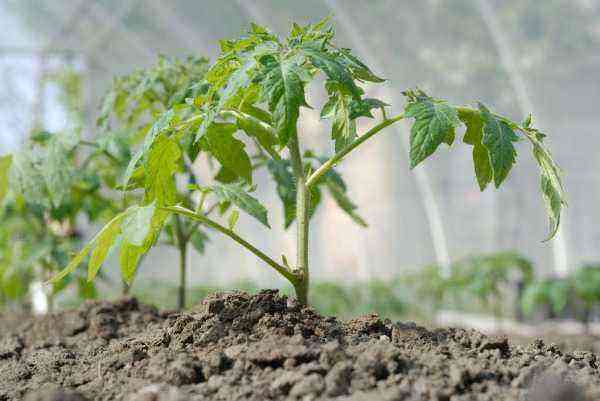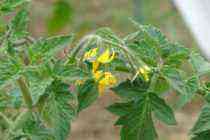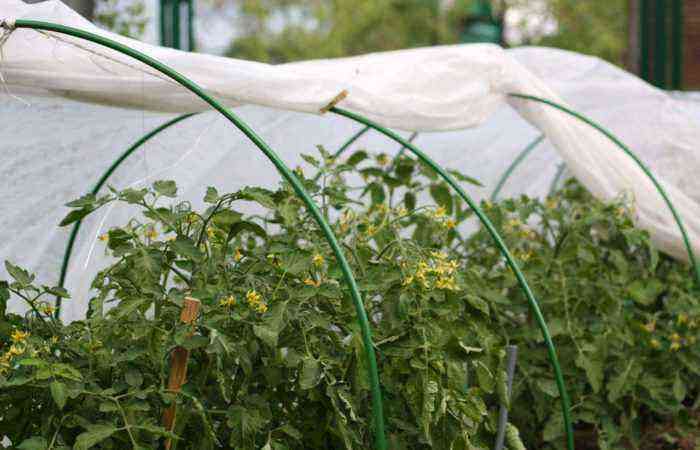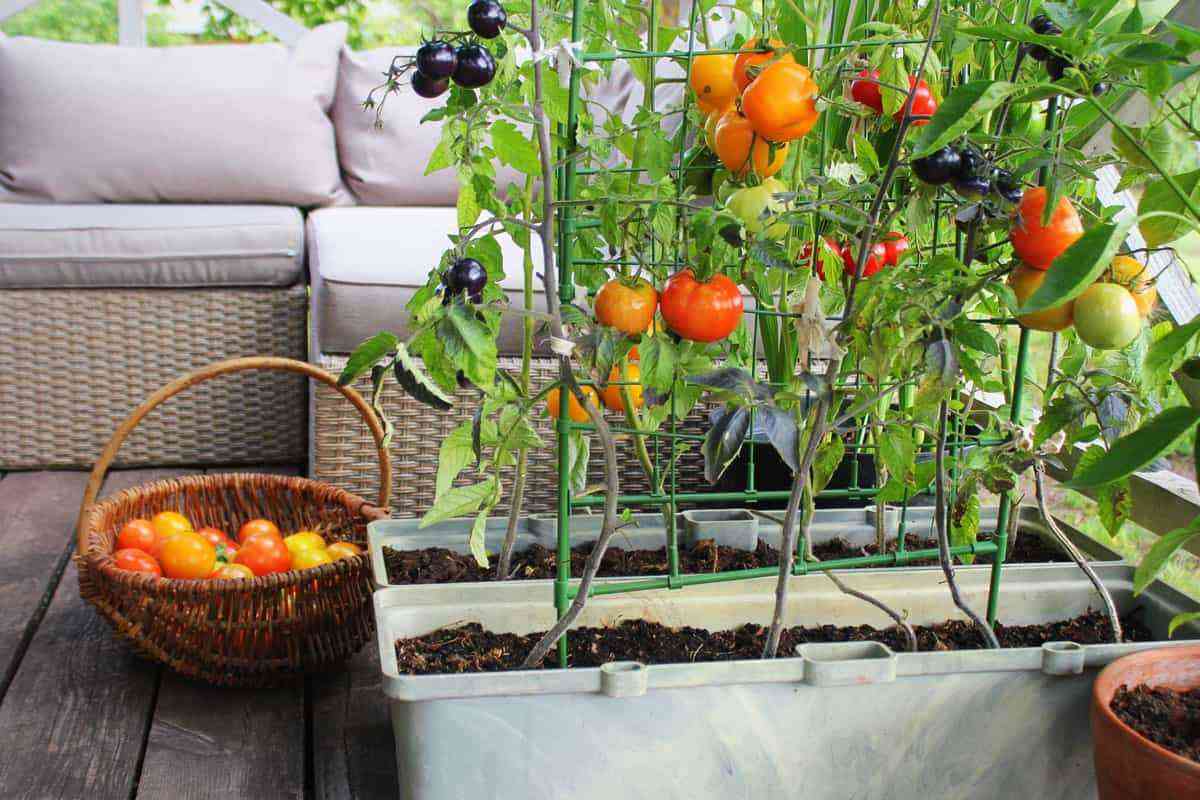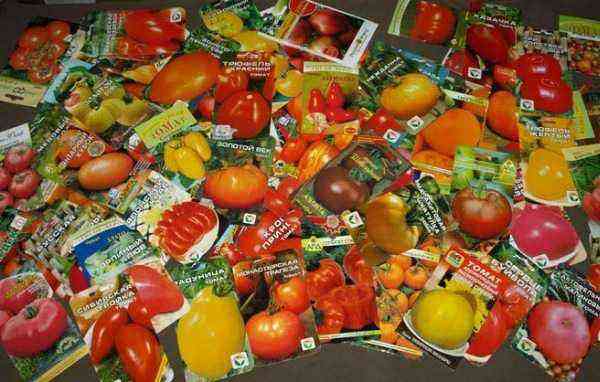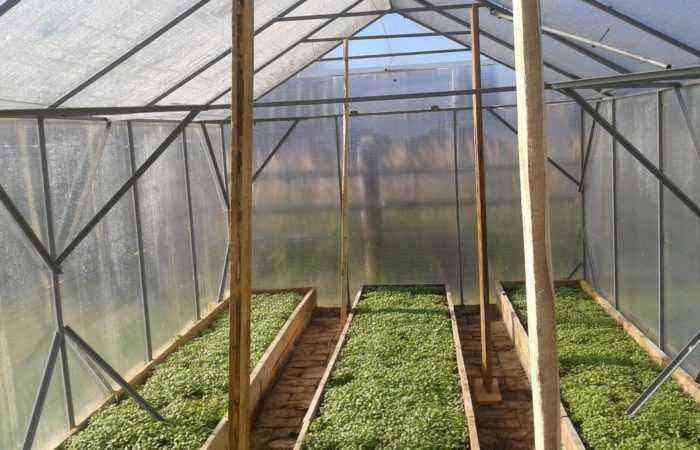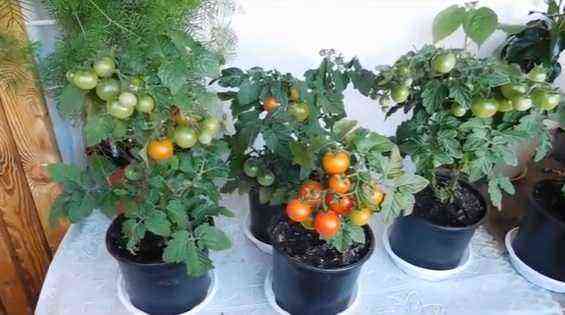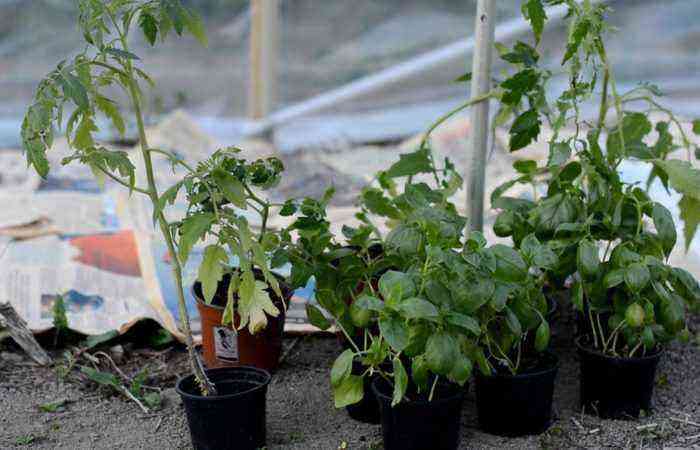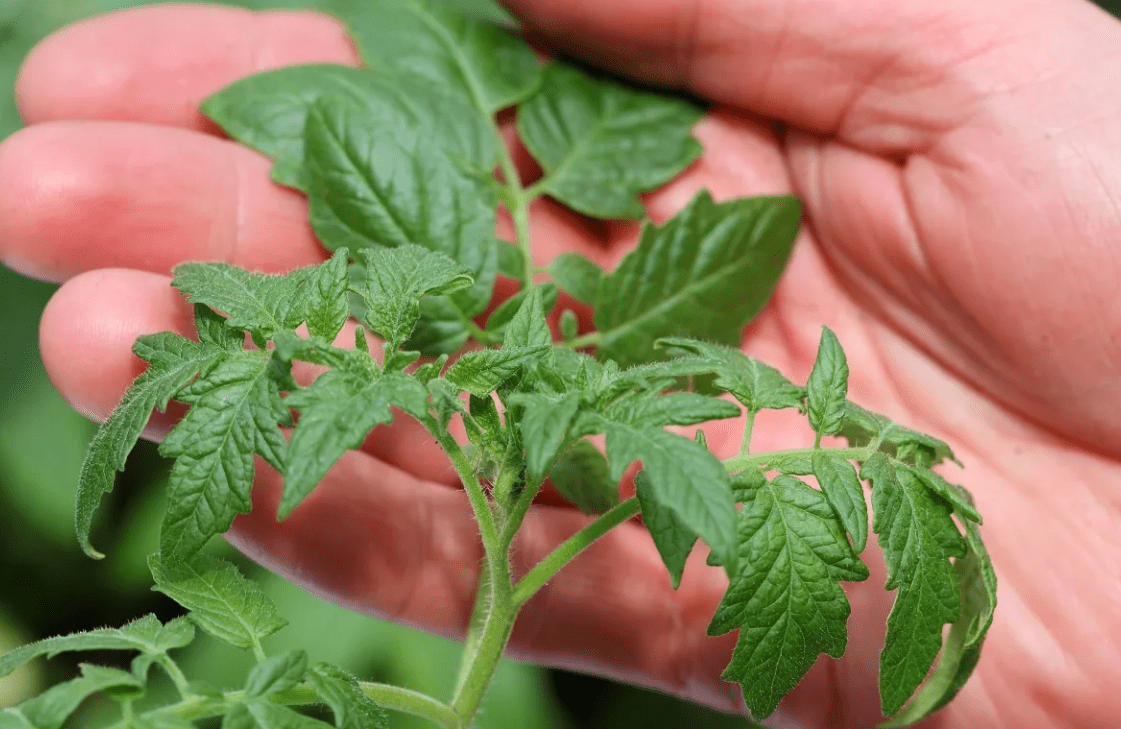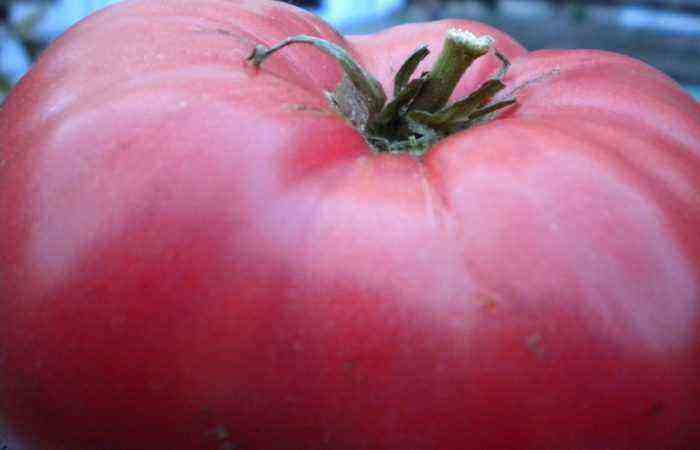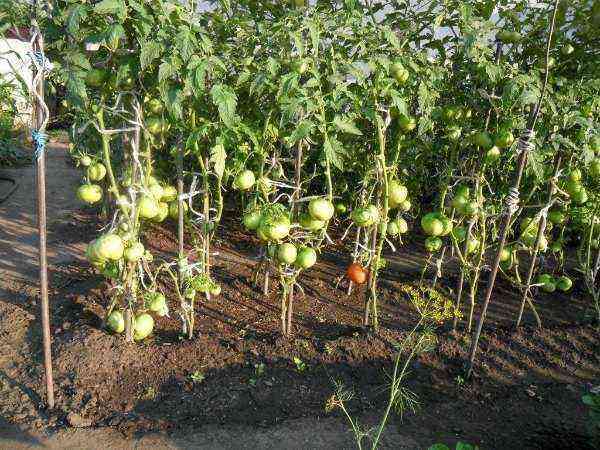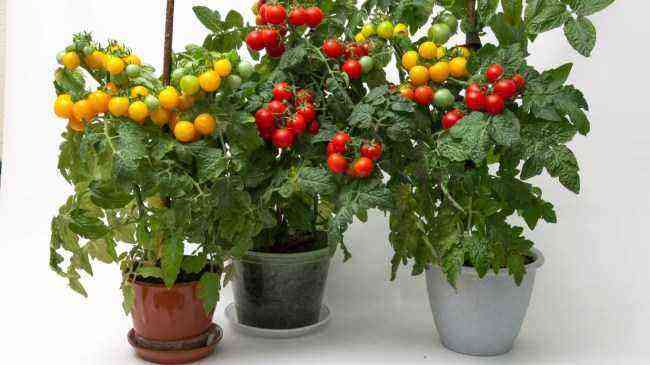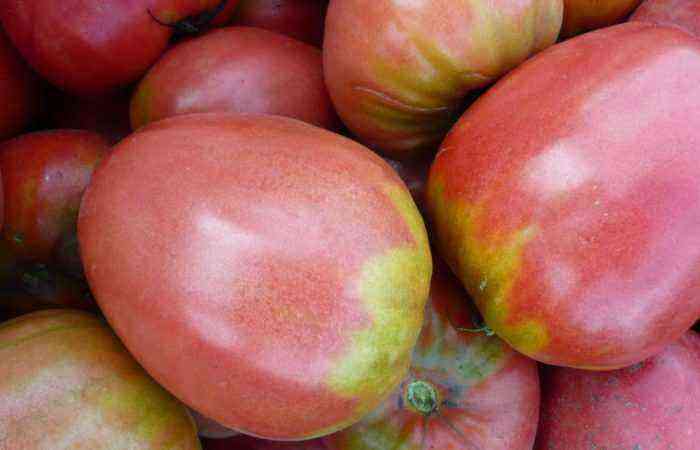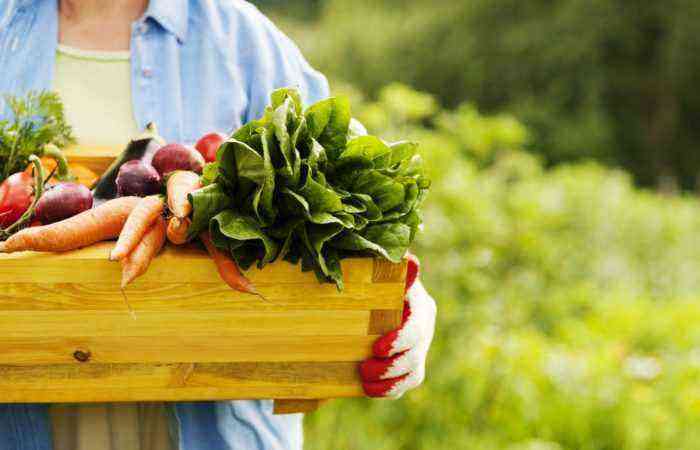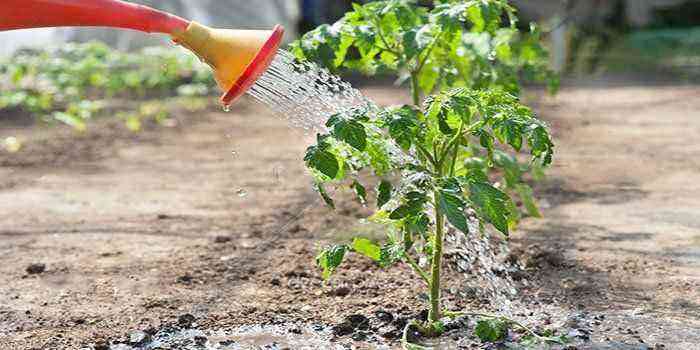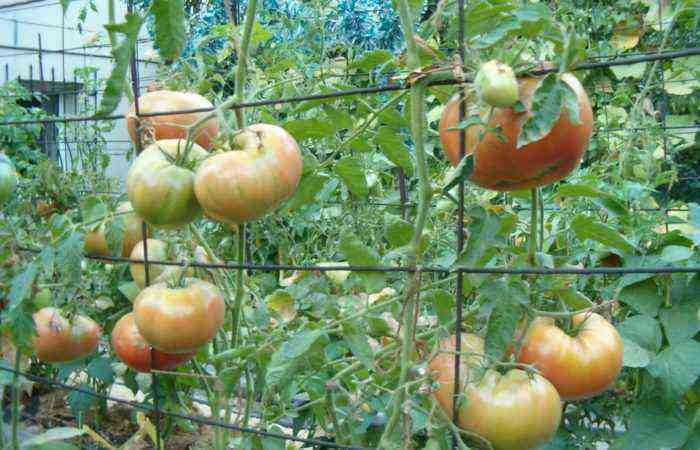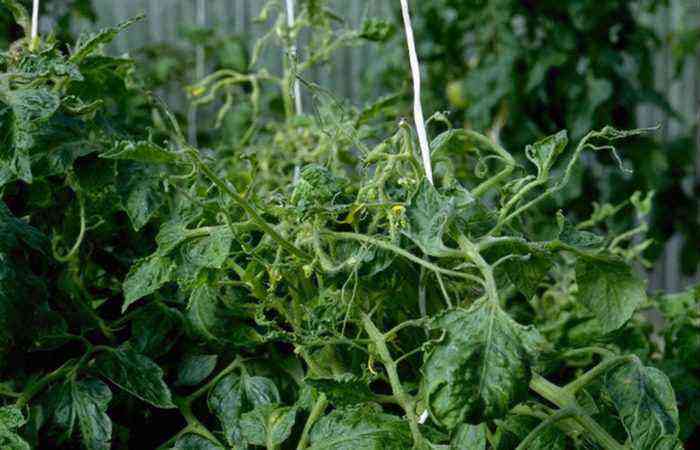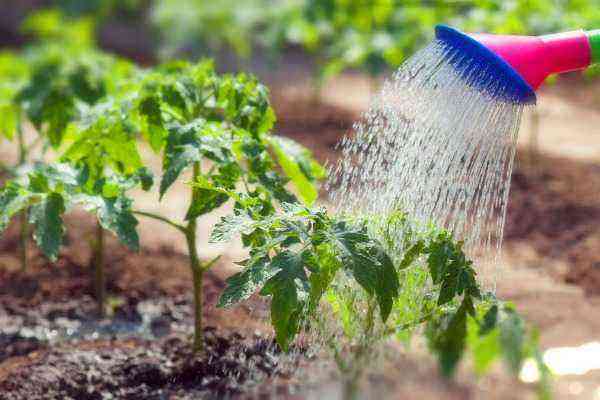The method of planting and growing tomatoes, proposed by Igor Mikhailovich Maslov, was registered in the State Register of Inventions more than 30 years ago. Several thousand vegetable growers from Russia and other countries visited the experimental site of the experimenter to learn from the experience.
Planting tomatoes using the Maslov method, even in areas of risky farming, constantly gives high yields in closed and open ground.
Fundamentals of the Maslov method
RSC Energia design engineer Maslov, while cultivating tomatoes in his backyard, noticed that the tomato by its nature is a creeping crop, not suitable for cultivation in a classic upright position. The discovery formed the basis for the creation of an unconventional method of growing crops.
Observing the development of the bushes, the vegetable grower came to the conclusion that tomatoes have a weak root system that is not able to provide sufficient nutrition for many fruits, but there are a large number of tubercles on the stem, which, upon contact with the ground, form roots.
Maslov decided to form a powerful root system in 2 ways.
- The sprouts were planted lying down, not vertically. The tomato plant was placed in a long furrow prepared in advance with the root system to the south, the top to the north. The root and 2/3 of the stem were buried in the soil. Growing up, the bush began to stretch to the sun to the south, gradually straightening up and taking a vertical position. On the underground part of the stem, young roots were formed, several times more effective than the main root.
- Several stepchildren were left on the plant, which were used to form an additional root system. The left stepchildren bent down to the ground and dug closer to the stem of the tomato so that the top remained on the surface. In less than a month, their own roots appeared, and the stepchildren began to grow autonomously, catching up in height, and later in the number of fruits, with the main bush.
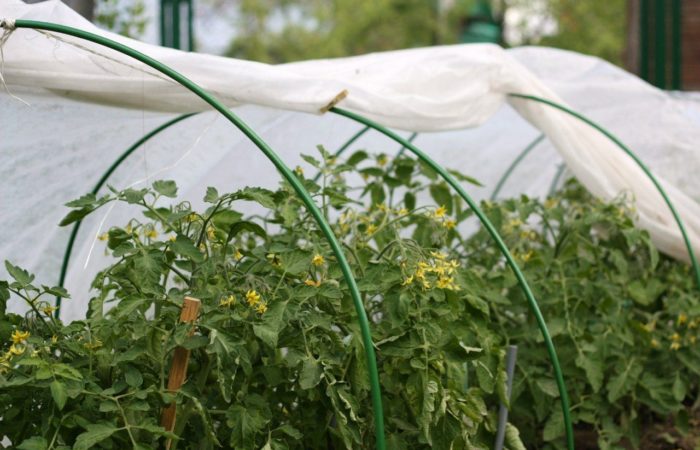
For which varieties of tomatoes is the method applied?
The method is suitable for growing both determinate (with limited growth) and tall, indeterminate varieties. In regions with a cool climate, when growing in the 2nd way, varieties of early ripening tomatoes are taken.
Harvest on stepchildren appears 1-2 weeks later than on the main plant, so the fruits of late varieties may not have time to ripen.
For planting, varieties with a thick stem are chosen, since more fruits are formed than usual, and branches under their weight can break. Maslov considered the tall variety De Barao to be the best variety for planting a crop with his method.
Advantages and disadvantages of technology
The Maslov method has become widespread due to a number of advantages.
- increase in the yield of the bush by 2-3 times;
- the technology does not require additional material costs;
- saving space and the number of seedlings when planting in the 2nd way (rooting stepchildren);
- the simplicity of the method, any amateur vegetable grower can apply it.
Disadvantages of the technique.
- for planting seedlings in a horizontal position, you need a lot of space in the garden;
- the fruits located on the stepchildren grow close to the ground, and if the crop is not harvested in time, they are more affected by late blight.
The author of the video shares recommendations for planting tomatoes using the Maslov method.
How to plant tomato seedlings the first method
Seeds for seedlings are sown in pots or boxes with sod-peat soil 1-2 weeks earlier than usual. This is necessary so that at the time of landing in a permanent place, the stem grows longer and becomes thicker. When picking (transplanting), the stem is deepened to the first true leaves.
For planting in a permanent place in the garden, furrows 10-15 cm deep are prepared in advance, located strictly from north to south. The trenches are filled with fertile soil, humus, 1 teaspoon of superphosphate and wood ash are added, and water is plentifully watered.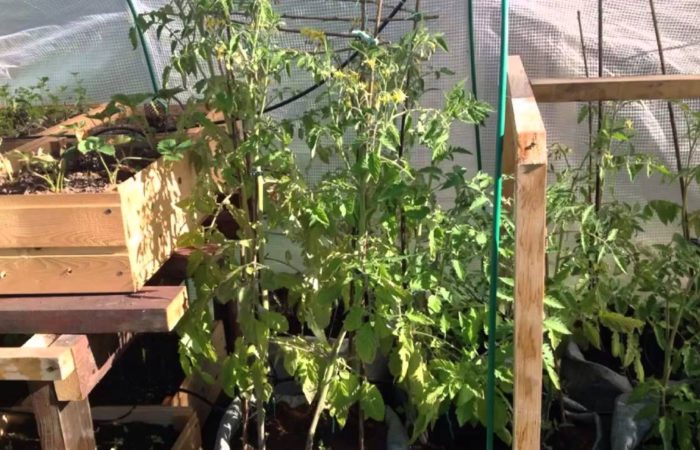
Seedlings are laid in small trenches with their roots to the south, the top to the north, having previously cut off all the leaves from the bottom of the sprout. The root and the lower 2/3 of the stem are buried with a 10-12 cm layer of soil. Then they are carefully watered again so that the stem is not exposed. The distance between plants is kept 0.8-1 m (depending on the variety).
Plant outdoors when the threat of frost has passed. At low air temperatures, young plants must be covered with a film or more modern covering materials.
Planting in the second way Maslov with rooting stepchildren
Seeds are sown 2 weeks earlier than for planting tomatoes in the usual way, since the fruits on the stepchildren ripen later than on the main plant. For growing tomatoes in this way in a cool climate, early ripening varieties are chosen. Seedlings are grown in the same way as in the previous case.
For planting in a permanent place, holes are prepared with a diameter of 25-30 cm and a depth of 20 cm, compost, humus, ash and a little superphosphate are laid in them. The wells are watered and after 5-10 minutes sprouts are planted in them in the usual way (vertically).
The distance between the holes should be greater than usual, about 1 m. After planting the tomato sprout, it is watered again.
The first stepchildren are not removed from the bush. They are allowed to grow, the leaves are cut off from them, bent to the ground and dug to a depth of 10-12 cm. Stepchildren take root, and quickly begin to grow, forming daughter plants. Abundant fruiting on stepchildren occurs in close proximity to the ground.
Transplanting adult plants
If it is impossible to get high seedlings with a thick stem at home, the sprouts are planted in the standard way in an unheated greenhouse. Bushes are given the opportunity to grow and get stronger.
At the moment when flowers should appear on adult tomatoes or ovaries have already formed, they are transplanted according to the first type (lying in trenches). At the time of flowering, transplantation is not done. According to Maslov, plants are not only not afraid, but even love transplants. They quickly take root and gain strength in a new place.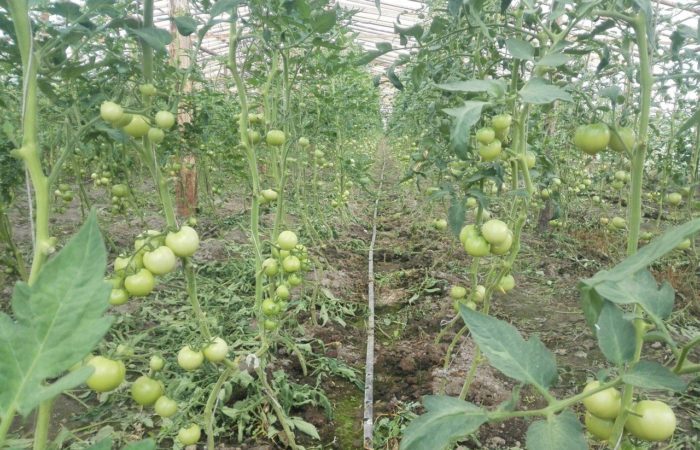
Care when growing in a permanent place
Caring for tomatoes planted according to the Maslov system is not much different from caring for tomatoes grown according to the standard method, and consists of the following activities.
- Watering must be done under the root, plentiful, but not too frequent, otherwise the plants will stretch. The maximum need for water in tomatoes is only for the first time after planting in a permanent place and during the period of fruit ripening.
- Loosening is done immediately after watering with high hilling of the stem to form additional roots.
- The first top dressing is carried out one and a half weeks after planting the plants on the garden bed with either chicken manure (1:20) or mullein solution (1:10). Then, once every 10 days, top dressing is carried out with complex mineral fertilizers.
- The garter of plants is given special attention. Many fruits are formed on the bushes, and branches can break if they are not helped. A wire, rope or fishing line is stretched along the row between the stakes. Stems and clusters are tied to it with soft, non-traumatic material (wide bandage, gauze, rubber band).
- It is advisable to remove the fruits that are brown, with a stalk, this accelerates the ripening of the rest of the tomatoes.
Planting tomatoes using the Maslov method was widely used at the time of the emergence of the method. The technology has been praised, criticized, discussed on radio and television.
Over time, she was undeservedly forgotten. Now it is becoming popular again. Everyone who has planted tomatoes at least once according to the method of this legendary vegetable grower-experimenter is convinced of its advantages, because it allows you to get large yields in a simple way without additional material costs.
